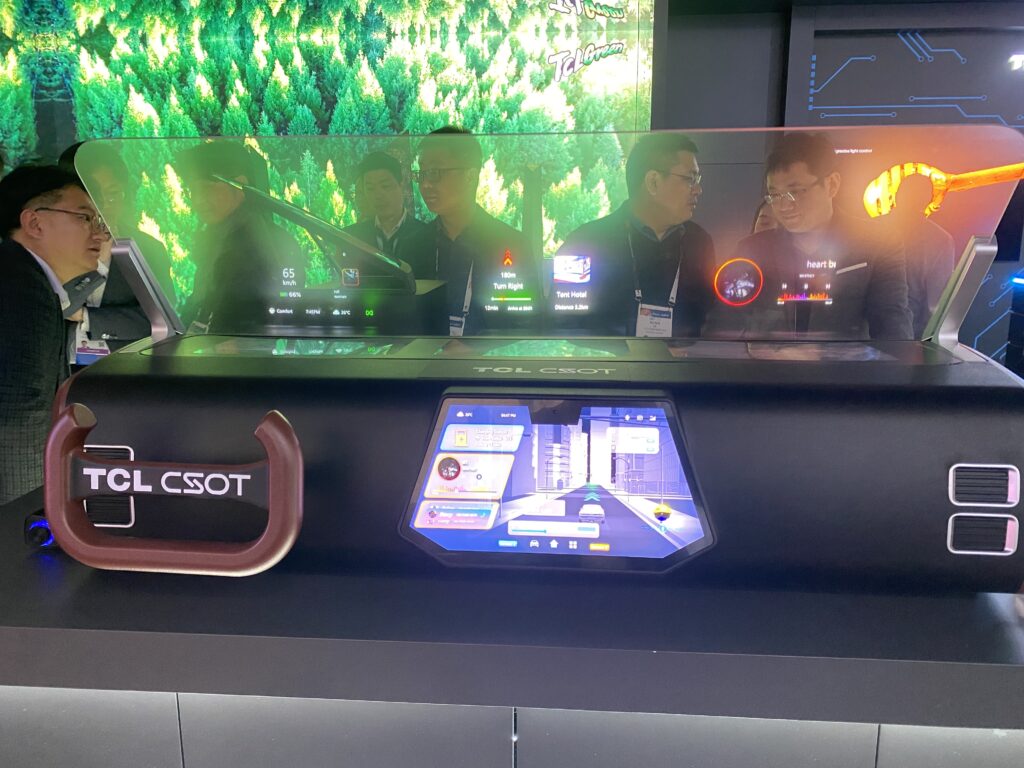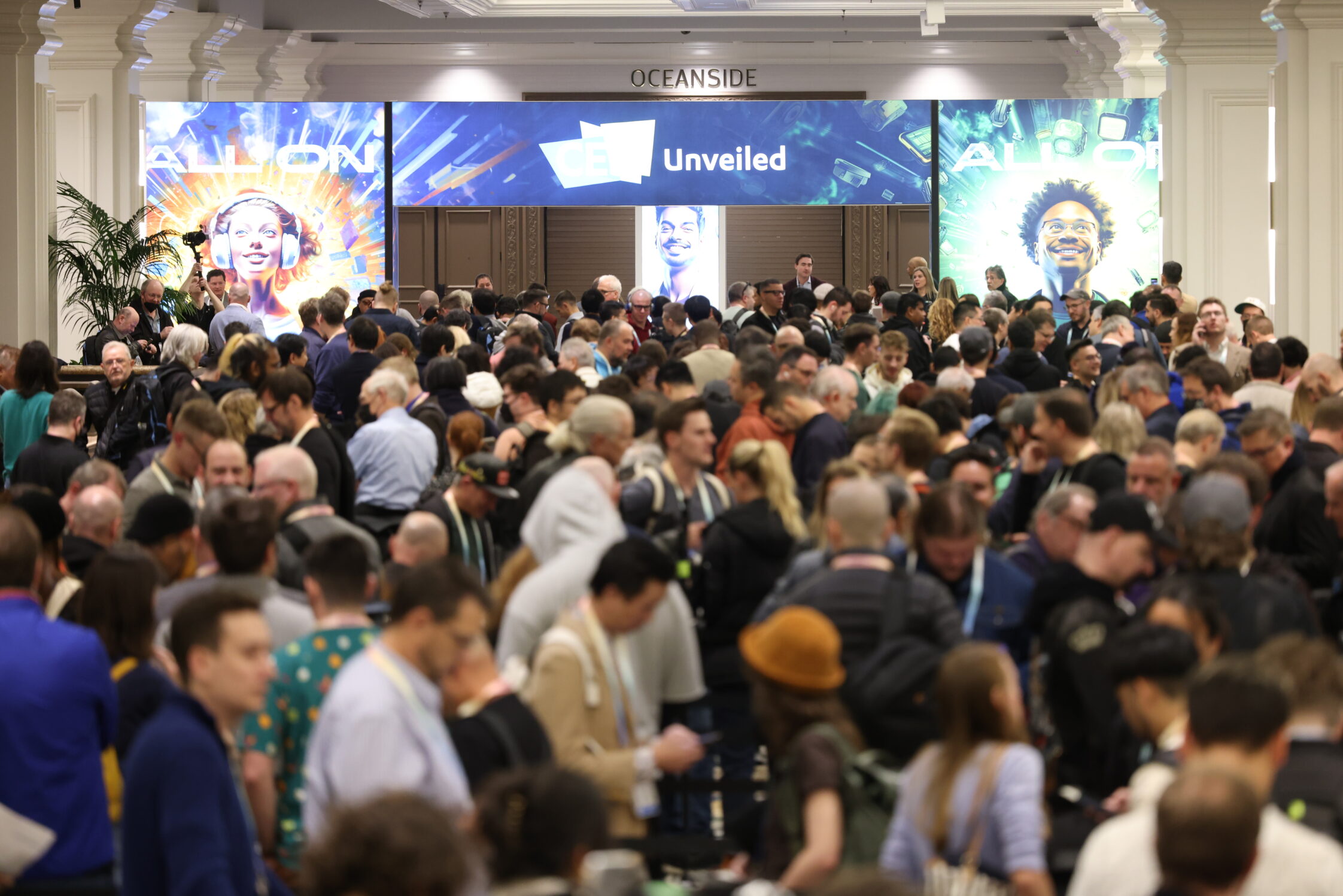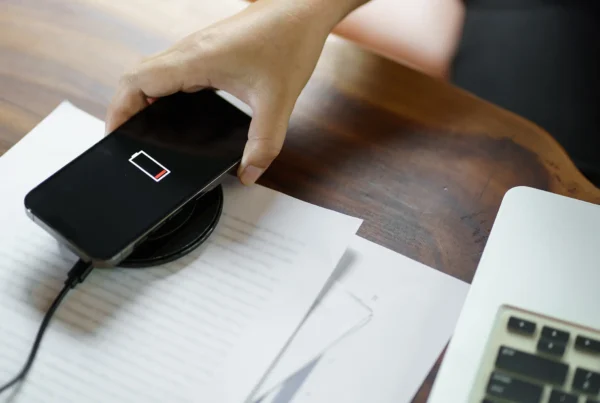The Consumer Electronics Show (CES 2024) is a chance for new tech companies and industry giants to showcase their latest innovations and gadgets. We walked the show floor, meeting with technologists from around the globe to look to the future.
3D printing seems to have stepped aside as the flashy tech to be replaced by artificial intelligence, which has been added to a dizzying array of new products. Beyond AI, the three main categories of products that excite us about 2024 are electric vehicles, sustainability, and personal devices.
Contents
Electric Vehicles Take Center Stage at CES 2024
While many big automotive OEMs had their tech on display, smaller EV categories seemed to be gathering a lot of attention. Livewire, a Harley Davidson brand, proudly demonstrated their electric street motorcycle. The engineering effort in this ride is clear and delivers plenty of performance punch. It is rechargeable from a standard 110V outlet and fully recharges overnight, making it a fun commuter bike.
 Livewire’s electric motorbike at CES 2024
Livewire’s electric motorbike at CES 2024
Battery management and charging are key performance technologies in this sector. Witricity pushed its wireless charging platform for electric cars, highlighting the equivalent efficiency between wireless and wired charging. Smaller form factor products like scooters from Phantom, include a removable battery pack that enables remote charging and theft prevention.
The climate in Las Vegas was relatively cool this year, although not chilly enough for snowfall. Many enthusiasts found the scooter-style single-rider snowmobile showcased at the event quite appealing, with its asserted top speed of 27 mph. This innovative vehicle is deemed ideal for navigating the snowy conditions typically experienced in places like New England.

Phantom Electric Snow Scooter at CES 2024
Sustainability Innovations: Fuel Cells and Beyond
In the realm of sustainability, significant strides were made in key vehicle technologies. Fuel cells, long acclaimed as a highly sustainable form of energy storage, received substantial investments, particularly from Toyota. Concurrently, the US government showed confidence in the development of technology for secure hydrogen storage and transportation.
The intersection of these efforts materialized in the utilization of fuel cells in the recently unveiled Peterbilt tractor-trailer vehicle. These trucks, typically considered too large and energy-intensive for practical service with battery electric vehicle methods, benefit from fuel cell technology.
This technology provides the necessary power, offering a range exceeding 400 miles and a rapid 20-minute refuel time, comparable to the refueling process for diesel gas. To accommodate this technology, six sizable hydrogen tanks are stored behind the cabin, ensuring ample fuel to power the fuel cell engine and meet the torque requirements.

Fuel cell version of the Peterbilt long-haul tractor at CES 2024
We also encountered fuel cell technology from Samsung, Hyundai, and others who are developing power generation equipment using this approach. One of the big remaining cost drivers in this sector is the bipolar plates used in the fuel cell. These constitute a significant fraction of the bill of material (BOM) cost and are the clearest opportunity for cost reduction and/or lightweighting.
Personal Devices Revolutionized: Smart Watches and AR/VR Headsets
Personal devices, the little gadgets that captivate us all, are a focal point at CES. Garmin made a notable presentation, showcasing their extensive catalog of smartwatches. These devices incorporate clip-on charging technology, and there’s potential for enhancements in the charging interface. Xtalic has demonstrated its capability to transition these charging contacts, which come into contact with the skin, to a nickel-free version, ensuring a hypoallergenic experience.
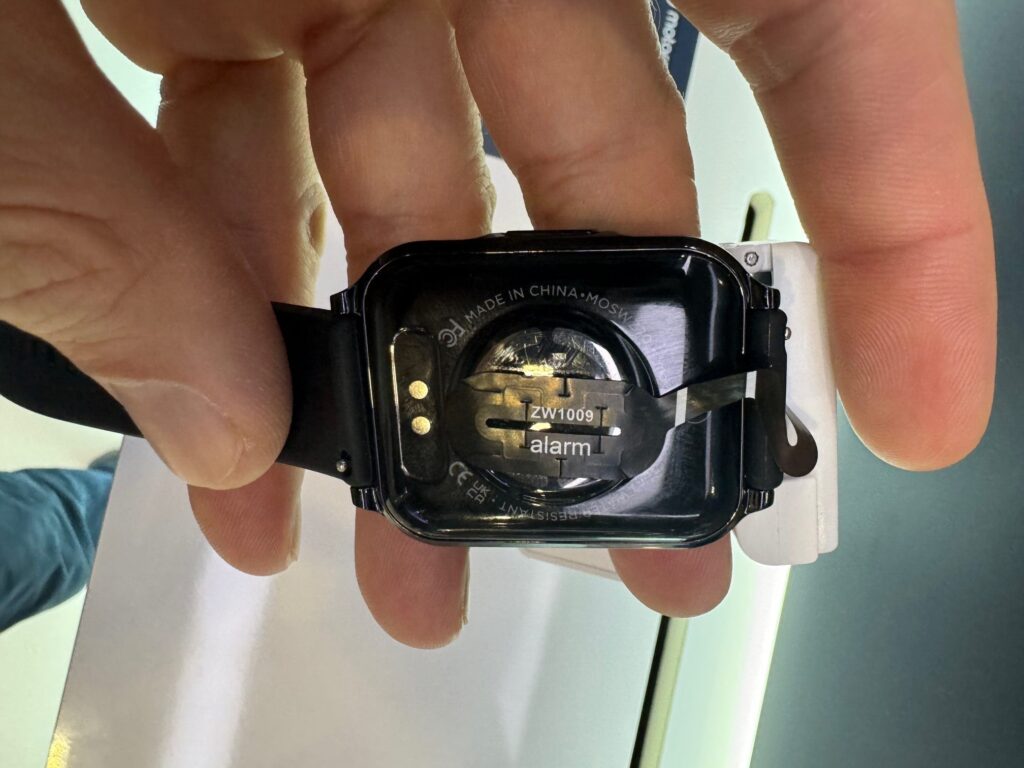
Charging contacts (gold) on the back of a smartwatch at CES 2024
AR/VR headsets also continue to evolve. Vuzix won a best innovation award for their slimline design glasses device. TCL, a leader in display technology, had a demonstration of their automotive heads-up display as well as their RayBan-style augmented reality glasses. These glasses are getting closer to the type of industrial design that can also be viewed as a fashion accessory. The glasses still felt a bit heavy overall but avoided the use of obtrusive straps experienced in many display systems.
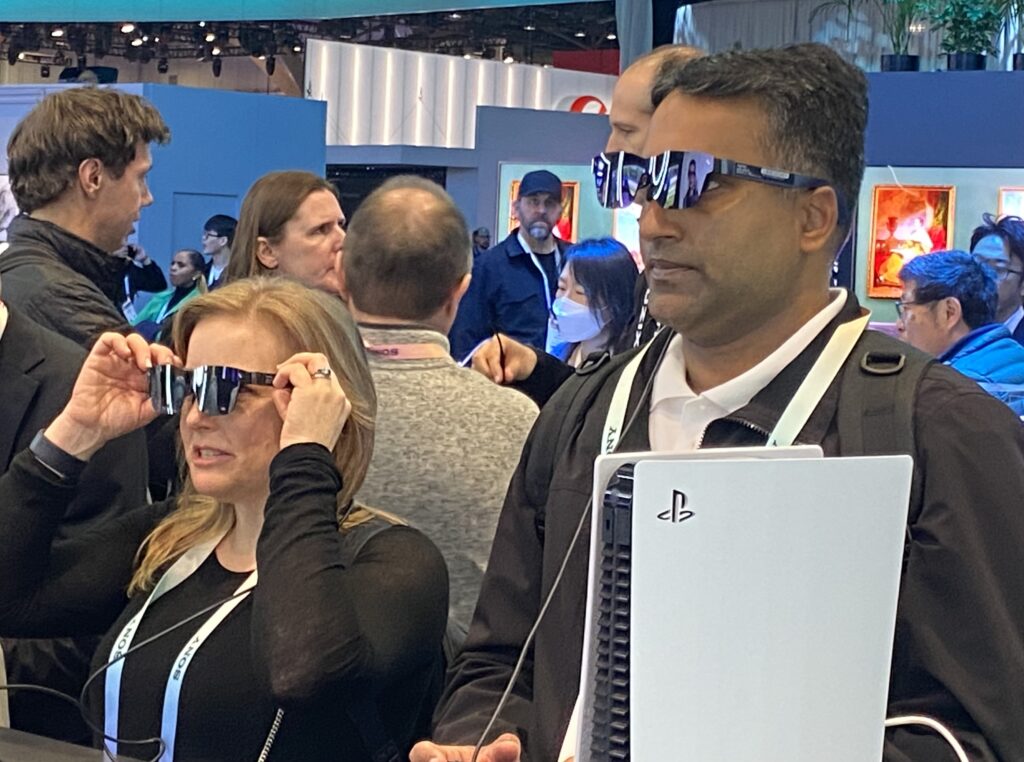
TCL augmented reality glasses at CES 2024
CES 2024 shows us once again the value of having high-performance materials to enable sleek and useful product design. Xtalic’s advanced materials can help meet the product performance and sustainability goals for the amazing products we all want in our lives.
